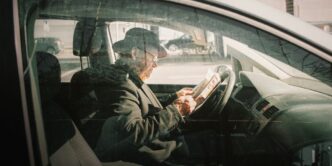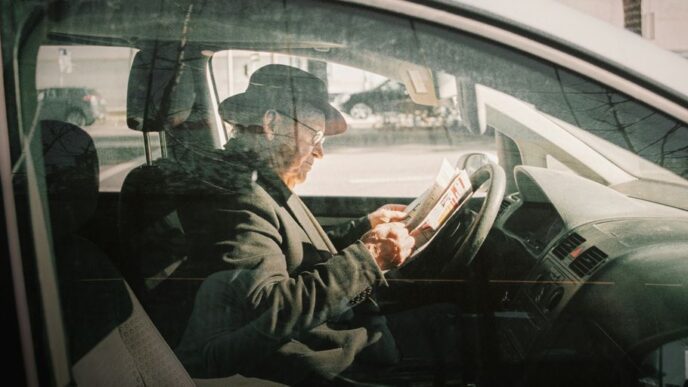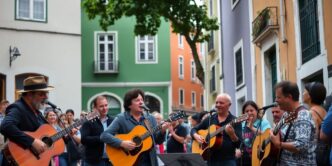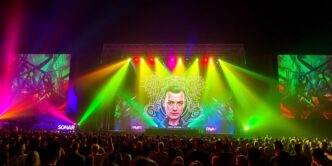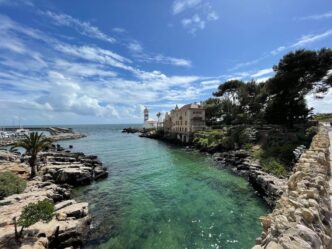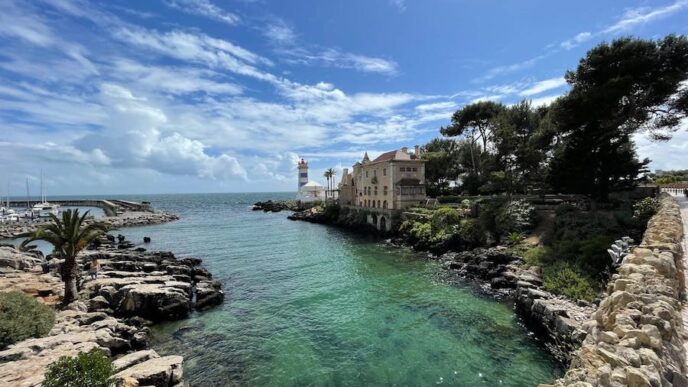Sebastião Palha, a young man diagnosed with profound deafness at a very young age, embarked on a challenging journey to belong to the world of the hearing. As reported by Visão, his story is one of resilience, adaptation, and near-death experiences, all in the pursuit of better communication and integration.
Early Diagnosis and Childhood
Sebastião was diagnosed with profound deafness when he was just a year and a half old. Born into a family of hearing individuals, his initial diagnosis was delayed, with doctors initially suspecting autism due to his lack of response to interactions. Once his deafness was confirmed, he was fitted with a hearing aid, and his mother quickly learned Portuguese Sign Language to communicate with him.
He attended a specialized school for deaf students in Benfica, Lisbon, where he learned to communicate through sign language, his first language. Despite the challenges, Sebastião had a relatively normal childhood, forming strong connections with his deaf peers and a few hearing friends, mainly family members.
Transition to a Regular School
The transition to a regular school after the 4th grade was a significant challenge for Sebastião. The absence of sign language and the need to rely on oral communication made him feel like an outsider. The initial experience was so overwhelming that he had to change schools in the 6th grade. However, over time, he began to adapt and make friends among hearing students.
Sebastião chose to study Psychology at the ISPA (Instituto Superior de Psicologia Aplicada) in Lisbon, opting for a smaller institution where he hoped to receive more personalized attention. Despite the lack of interpreters and the challenges of large lecture halls, he persevered by dedicating himself to extensive self-study in the library.
The Decision for a Cochlear Implant
At 23, feeling disconnected from both the deaf and hearing worlds, Sebastião made the life-altering decision to get a cochlear implant. The process was fraught with complications, including three surgeries and two severe infections, one caused by a hospital-acquired bacterium. The activation of the implant, which typically occurs a month after surgery, took a year for Sebastião.
Life After the Implant
The cochlear implant significantly improved Sebastião’s quality of life. He now hears and speaks much better, making it easier to participate in meetings and enjoy everyday sounds like the ocean and music. Despite the initial hardships, the implant allowed him to bridge the gap between the deaf and hearing communities.
Today, Sebastião feels a sense of belonging in both the deaf and hearing communities. Fluent in both sign language and oral communication, he aims to create a bridge between these two worlds, which remain largely separate. His professional goal is to foster better understanding and integration between the deaf and hearing communities, a challenge he is uniquely positioned to tackle.




